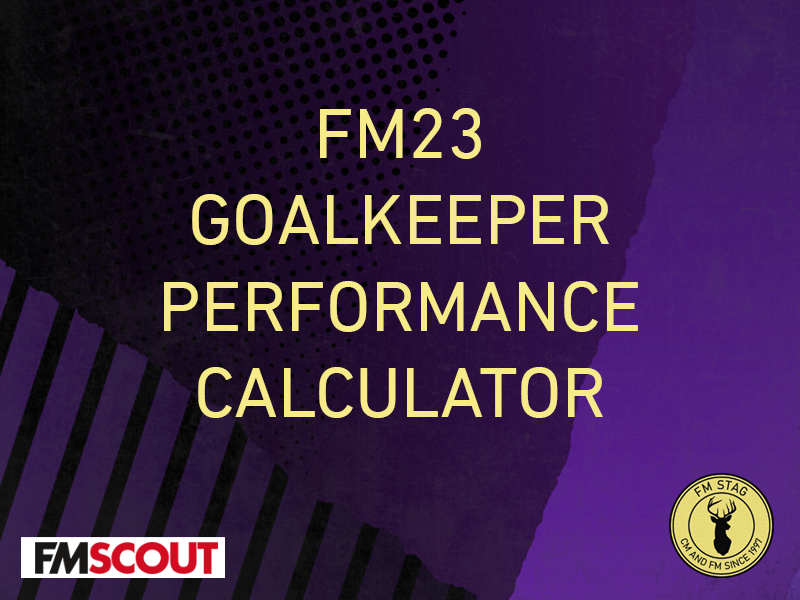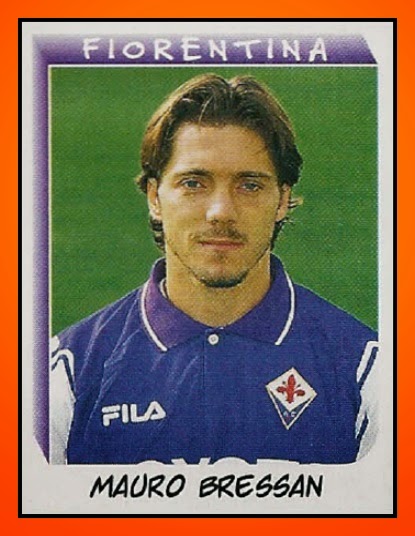
The Impregnable Fortress: Unpacking the Significance of Least Goals Conceded at Home
In the grand tapestry of football statistics, many numbers vie for attention. Goals scored, assists provided, passes completed – these are the metrics that often capture headlines and ignite highlight reels. Yet, for the discerning tactician, the pragmatic manager, and the astute fan, one particular statistic holds a profound, almost sacred, significance: the number of goals conceded at home. To boast the least goals conceded on one’s own patch is to declare a fortress, an impregnable bastion where opponents arrive with trepidation and often leave empty-handed. This article delves into the multifaceted importance of this statistic, exploring its underlying components, historical exemplars, tactical implications, and undeniable correlation with success.
The concept of the "home advantage" is deeply ingrained in football folklore. It encompasses the roar of the crowd, the familiarity of the pitch, the absence of travel fatigue, and the psychological comfort of playing in one’s own territory. When a team consistently concedes minimal goals at home, it amplifies this advantage exponentially. It transforms the home ground from merely a familiar stadium into a dreaded battleground for visitors, a place where points are earned through grit, discipline, and defensive mastery.
The Pillars of an Impregnable Home Defense
Achieving an exceptionally low number of goals conceded at home is not a matter of luck; it is the culmination of several interlocking components working in perfect harmony:
-
The Goalkeeper: The Last Line of Defense: An elite goalkeeper is paramount. Their shot-stopping ability, command of the penalty area, decision-making on crosses, and distribution are all critical. A keeper who instills confidence in his defenders and rarely makes mistakes under pressure is the bedrock of a stingy home defense. Think of legendary figures like Gianluigi Buffon, Petr Čech in his prime, or Jan Oblak – their presence alone can deter attackers.
-
The Defensive Unit: Cohesion and Communication: The central defensive pairing, flanked by full-backs, forms the core of the defensive shield. Their understanding, communication, and ability to anticipate danger are vital. They must be adept at both marking opponents and covering for each other. A strong defensive unit operates as a single, cohesive entity, reading the game and reacting instinctively. The full-backs, while increasingly involved in attack, must also be diligent in their defensive duties, tracking back and preventing crosses.
-
The Midfield Shield: Protection and Pressing: The defensive midfielder(s) play a crucial role in breaking up play before it reaches the backline. They screen the defense, intercept passes, win tackles, and dictate the tempo. Their ability to track runners, apply pressure, and recycle possession ensures that the opposition’s attacking rhythm is disrupted. Players like Claude Makélélé, Sergio Busquets, or N’Golo Kanté exemplify this role, acting as vital shock absorbers in front of the defense.
-
Tactical Discipline and Organization: This is where the manager’s influence becomes most apparent. A well-drilled team understands its defensive shape, knows when to press, when to drop deep, and how to defend set pieces. Whether employing a high press, a compact low block, or a zonal marking system, consistency and adherence to the tactical plan are non-negotiable. Every player, from the striker to the goalkeeper, must understand their defensive responsibilities and execute them diligently.
-
Managerial Acumen and Game Management: The manager’s ability to analyze opponents, devise tailored game plans, and make in-game adjustments is critical. They must identify weaknesses in the opposition and formulate strategies to nullify their threats, often sacrificing attacking flair for defensive solidity when necessary. Furthermore, instilling a winning mentality and a fierce desire to protect the home goal is a testament to strong leadership.
Historical Fortresses: Icons of Home Defensive Dominance
Throughout football history, numerous teams have etched their names into the annals as masters of the home fortress:
-
Chelsea (2004-2005): Under José Mourinho, Chelsea set a Premier League record by conceding an astonishing six goals at home during their title-winning campaign. Their 4-3-3 formation, anchored by Petr Čech, John Terry, Ricardo Carvalho, and the midfield steel of Claude Makélélé, was virtually impenetrable. Stamford Bridge became a graveyard for opposition attacks.
-
AC Milan (Late 1980s – Early 1990s & 2000s): Arrigo Sacchi’s revolutionary Milan side, and later Fabio Capello’s, were built on an incredibly solid defensive foundation. With legendary defenders like Franco Baresi, Paolo Maldini, Alessandro Costacurta, and Mauro Tassotti, and the tactical genius of Sacchi’s zonal marking, the San Siro was a bastion. This defensive prowess was a cornerstone of their multiple European Cup triumphs. Even in the 2000s under Carlo Ancelotti, Milan’s defensive solidity remained a hallmark.
-
Manchester United (1990s – 2000s): While often celebrated for their attacking prowess, Sir Alex Ferguson’s Manchester United teams were consistently formidable at Old Trafford defensively. With goalkeepers like Peter Schmeichel and Edwin van der Sar, and defensive stalwarts like Steve Bruce, Gary Pallister, Jaap Stam, and Rio Ferdinand, United regularly boasted some of the lowest home goals conceded totals in the Premier League, providing the platform for their unprecedented success.
-
Arsenal (2003-2004 ‘Invincibles’): Though famed for their attacking flair, the "Invincibles" conceded a mere 12 goals at home during their unbeaten Premier League season. This highlights that even the most attacking teams need a robust defensive structure to achieve sustained success, especially at home.
-
Atlético Madrid (Diego Simeone Era): In the modern era, Diego Simeone’s Atlético Madrid stands as a prime example of a team built on defensive resilience. The Vicente Calderón, and later the Wanda Metropolitano, became synonymous with a suffocating, organized defense that consistently conceded very few goals, enabling them to challenge the financial might of Real Madrid and Barcelona in La Liga and reach multiple Champions League finals.
Tactical Nuances and Evolution
The methods of achieving defensive solidity at home have evolved with the game, but the principle remains. Early proponents often relied on deep blocks and man-marking. The advent of "Catenaccio" in Italy, while often criticized for its negativity, demonstrated the power of a disciplined, defensively oriented system that made it incredibly difficult for opponents to score.
Today, defensive strategies are more nuanced. High pressing teams aim to win the ball back high up the pitch, thereby preventing the opposition from even reaching dangerous areas. Counter-pressing, immediately after losing possession, aims to stifle counter-attacks at their source. Zonal marking is prevalent, requiring players to defend specific areas rather than individual opponents. Set-piece organization has also become an art form, with dedicated coaches ensuring every player knows their role during corners and free-kicks, minimizing easy goals conceded.
Furthermore, the type of players recruited for a home-fortress mentality is crucial. Beyond just defensive capabilities, players must possess high levels of tactical intelligence, discipline, and a tireless work rate. The modern defensive midfielder, for instance, often needs to be adept at distributing the ball as well as winning it back, contributing to the team’s overall control and limiting the time the opposition spends in threatening positions.
Beyond the Numbers: Psychological Impact and Correlation with Success
The impact of having the least goals conceded at home extends far beyond mere statistics:
- Psychological Edge: Opponents arrive at the stadium knowing it’s incredibly difficult to score, let alone win. This can lead to conservative play, rushed decisions, and a general lack of confidence, effectively winning half the battle before a ball is even kicked.
- Team Confidence: For the home team, knowing their goal is rarely breached instills immense confidence. It allows attackers to play with more freedom, knowing that even if they take risks, the defensive foundation is solid.
- Fan Engagement: A strong home defense electrifies the crowd. Every tackle, block, and save is cheered with passion, creating an intimidating atmosphere that further unnerves opponents.
- Foundation for Success: There’s a widely held adage in football: "Attack wins games, but defense wins titles." While perhaps an oversimplification, it highlights a fundamental truth. A team that is difficult to beat at home, consistently taking points from their own stadium, builds an invaluable platform for league success. It provides the stability and consistency needed to accumulate points, allowing for occasional away draws or losses without derailing the entire season. A high home goals conceded figure often correlates with mid-table mediocrity or worse.
Conclusion
The statistic of least goals conceded at home is more than just a number; it is a testament to defensive excellence, tactical brilliance, and an unyielding will to protect one’s territory. It speaks volumes about the discipline, organization, and mental fortitude of a team. From the commanding goalkeeper to the tireless midfield screen, every player contributes to building this impregnable fortress. Throughout history, the teams that have mastered this art have often been the ones lifting trophies, proving that while goals may entertain, defensive solidity at home is the bedrock upon which true footballing dynasties are built. In an era where attacking football often dominates the narrative, the quiet heroism of the home defense remains a critical, often understated, key to sustained success and a truly intimidating home advantage.



